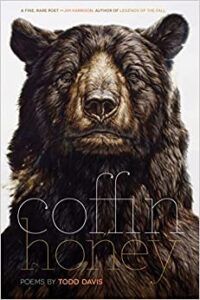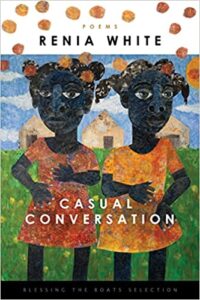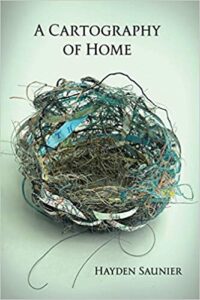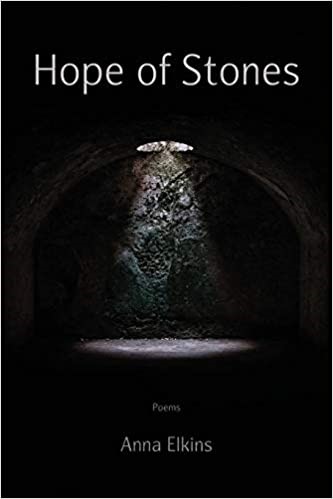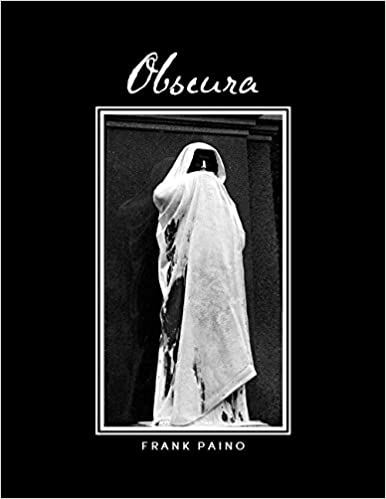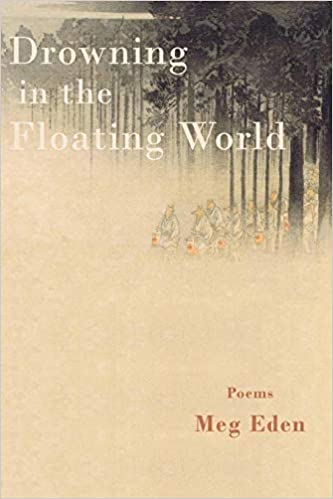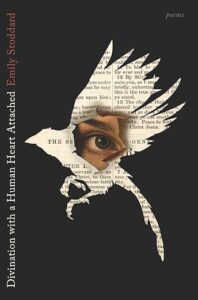 Emily Stoddard. Divination with a Human Heart Attached. Game Over Books, 2023. 72 pgs. $18.00.
Emily Stoddard. Divination with a Human Heart Attached. Game Over Books, 2023. 72 pgs. $18.00.
Emily Stoddard’s Divination with a Human Heart Attached is one of the most unusual collections I’ve read in some time. Most of the poems are written in free verse—though a few are organized into stanzas of regular length—but are otherwise stylistically varied. The language is controlled, even restrained, despite the sometimes stunning content, as well as concrete and precise. Although many of the poems suggest Christian reverence, they approach the Christian narrative obliquely, perhaps even craftily. Several of the poems rely on a first-person speaker, and much of the time this speaker seems close to the author herself, as is common in much contemporary American poetry, but in other poems, the speaker is clearly not Emily Stoddard. The most intriguing of these other characters is Petronilla, daughter of the apostle Peter according to some early noncanonical Christian writing.
Apparently Petronilla was quite attractive. Like many fathers, Peter worried over her chastity, expressing his anxiety in prayer. God saw to it that Petronilla became paralyzed throughout one side of her body, effectively rendering her not only unmarriageable but also undesirable. Problem solved, for Peter at least. The third poem in the collection, “Petronilla tries to imagine her father’s prayer (I),” links the power of Petronilla’s beauty to the power of Jesus when he called Peter away from his labor as a fisherman. Here is the poem in its entirety:
which part of my body most worried him, was it the eyes
my shoulders
the cap of my elbow
what is it like, to see my body
as he once saw it
beautiful and charged
able to swing the gaze of a man and make him forget the sea
make him forget his fishing nets
make him leave everything and follow
has there ever been a body
like that
that hasn’t been dangerous
The line breaks here replace most of the punctuation, and the two longest lines effectively separate the poem into two sections, the second creating a turn, though readers likely won’t realize that until they reach lines eight and nine, “making him forget his fishing nets / make him leave everything and follow.” Petronilla’s power is analogous to the power of Jesus, and a man who would follow her analogous to Peter following Jesus, or perhaps, implicitly, Peter himself, following not Jesus but his own daughter. On one level, the poem suggests a theological insight, that the physical body of Jesus, the fact of incarnation, is dangerous, though we might ask dangerous to whom? The ones who follow him? Peter? The ones who had him killed? Pontius Pilate? Empire itself? More overtly, however, the poem critiques the millennia-old habit of men blaming, fearing, and punishing women for their own desire.
A later poem, “Petronilla tries to imagine her father’s prayer (II),” also aligns Peter’s response to her with his response to Jesus. This second version pushes form in the opposite direction as the first had; rather than so minimizing punctuation and therefore so weighting the line with responsibility for sense, this version abandons the line entirely:
He could have asked for the men’s tongues to burn them off. He could have asked for the men’s eyes to fall out when they looked at me. Even Salome had the imagination to ask for John’s head on a platter. The prayer he chose for me was not cruel—it was just the most he could imagine. When they told me how he denied, I was not surprised. When they told me, I crowed and crowed and crowed.
The modest anaphora here (He could have…He could have…When they told me…When they told me) reveals that Stoddard has thought about structure for this poem, too, and has chosen the paragraph rather than the stanza intentionally. The meaning of this poem is less elliptical than in the previous one, so the directness of prose might be more appropriate. The language is concrete but does not seem figurative—until the final sentence. There, Petronilla becomes the rooster that crowed after Peter denied Jesus three times. Petronilla is the living sign of her father’s betrayal.
Another Petronilla poem, “Wait for It (Three for a Girl),” extends a Biblical story, one of the resurrection narratives that is often interpreted joyfully, though even in this story Peter fails to understand Jesus’s full meaning. At the end of John’s gospel, Peter and some other disciples are out fishing when the resurrected Christ appears to them, eventually warning Peter of the manner of his death—tradition says that Peter was crucified upside down. This poem mentions some of Peter’s character flaws—his impulsiveness in cutting off a servant’s ear, his inability to stay awake the night Jesus is arrested. The poem begins a bit tongue in cheek:
My father falls asleep in the garden. This is how I learn god
has a sense of humor. My father falls asleep in the garden, and he does
remember the buttercups, but he does not
remember the arrival of soldiers or the locusts taking leave
of their chafing just before. This is how I know god is waiting for us
to hear the punch line…
In this poem, Peter invites his daughter along on the boat the night he is fishing, when Jesus appears. So she becomes a witness, as she has observed throughout the poem much of the detail that Peter misses. The ability to hear (or not) emerges as a motif throughout the poem, until soldiers arrive to arrest Peter, too, as his wife “laughs. She kisses his ear. She says: don’t be afraid.”
Formally, this poem is the most conventional of the three I’ve discussed. It’s arranged into tercets with comparatively long lines. A majority of the lines are enjambed, like the ones I’ve quoted above, and they reveal Stoddard’s facility with the line. The break at line one is particularly telling, distinguishing between learning (of or about) god and learning that god has a sense of humor. The next line breaks employ interesting reversals, “he does” / “he does not” and “taking leave” / “waiting for us.” This poem is an adapted golden shovel, relying on Jane Kenyon’s “Let Evening Come,” so in a sense Stoddard has no choice but to end her lines with “God does not leave us comfortless…,” but like all successful poems, this one transcends its formal requirements. I say the form is adapted because Stoddard inserts additional material that subverts Kenyon’s theme and reveals that she, like god here, has a sense of humor.
There’s much more to say about each of these poems, and about the collection as a whole. Stoddard provides just enough context so that readers unfamiliar with the Bible or any of the apocryphal material will still be drawn into the characters’ intriguing perceptions. Although I’ve focused on one aspect of the collection, many of the poems in Divination with a Human Heart Attached explore other material, though themes of gender, family, and the body continually emerge. I find the content interesting, but more importantly, I find the craft impressive. Every time I read this book, I want to read it again.


